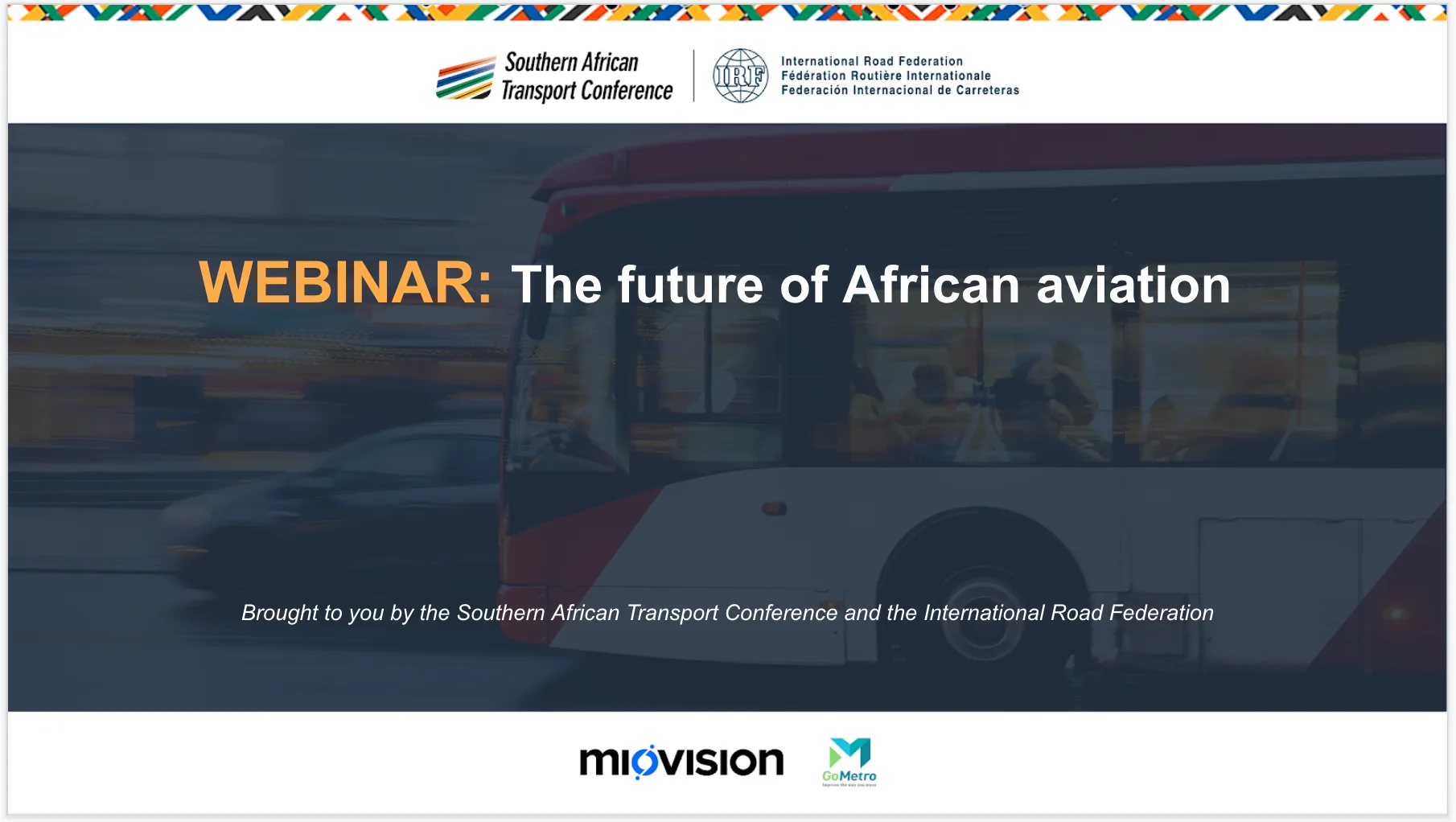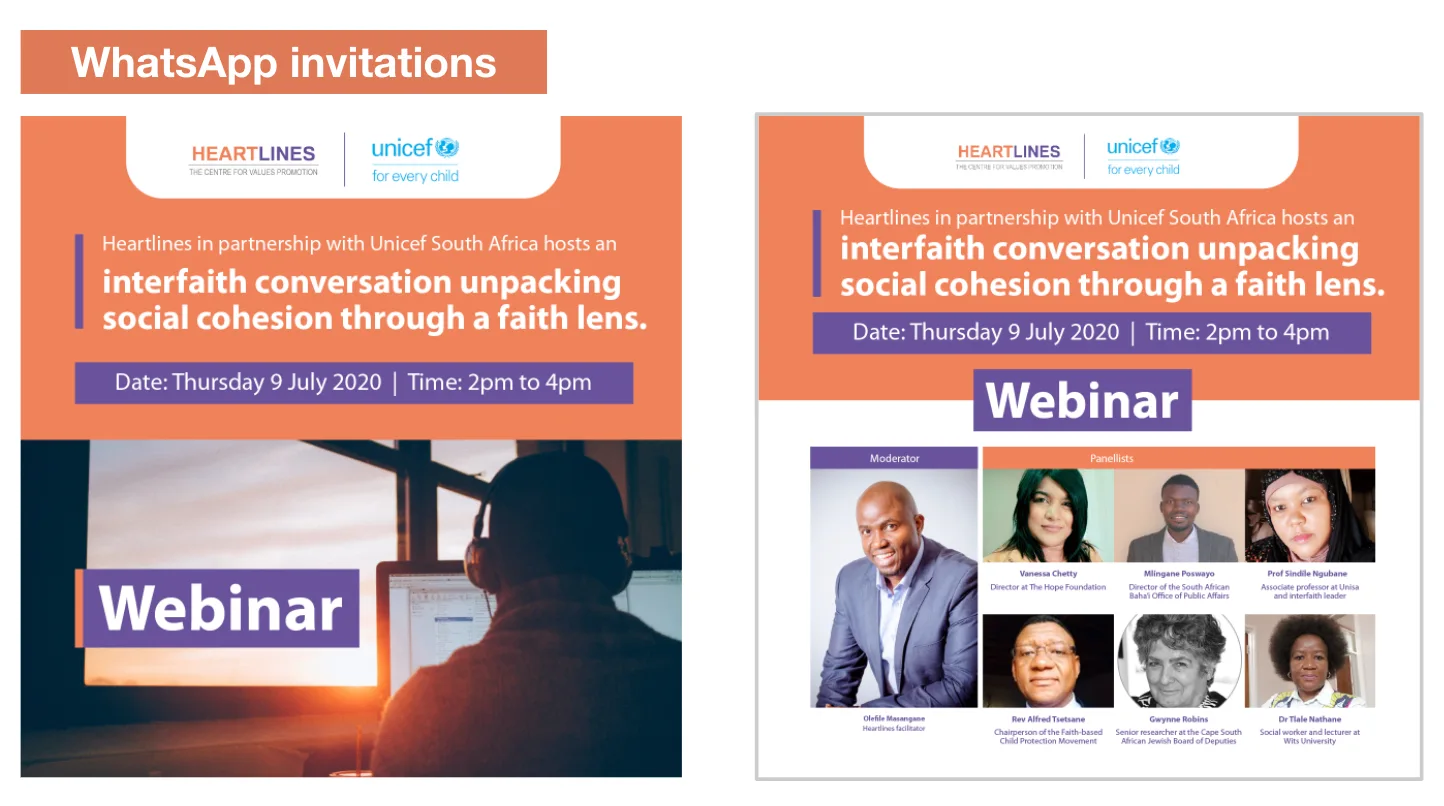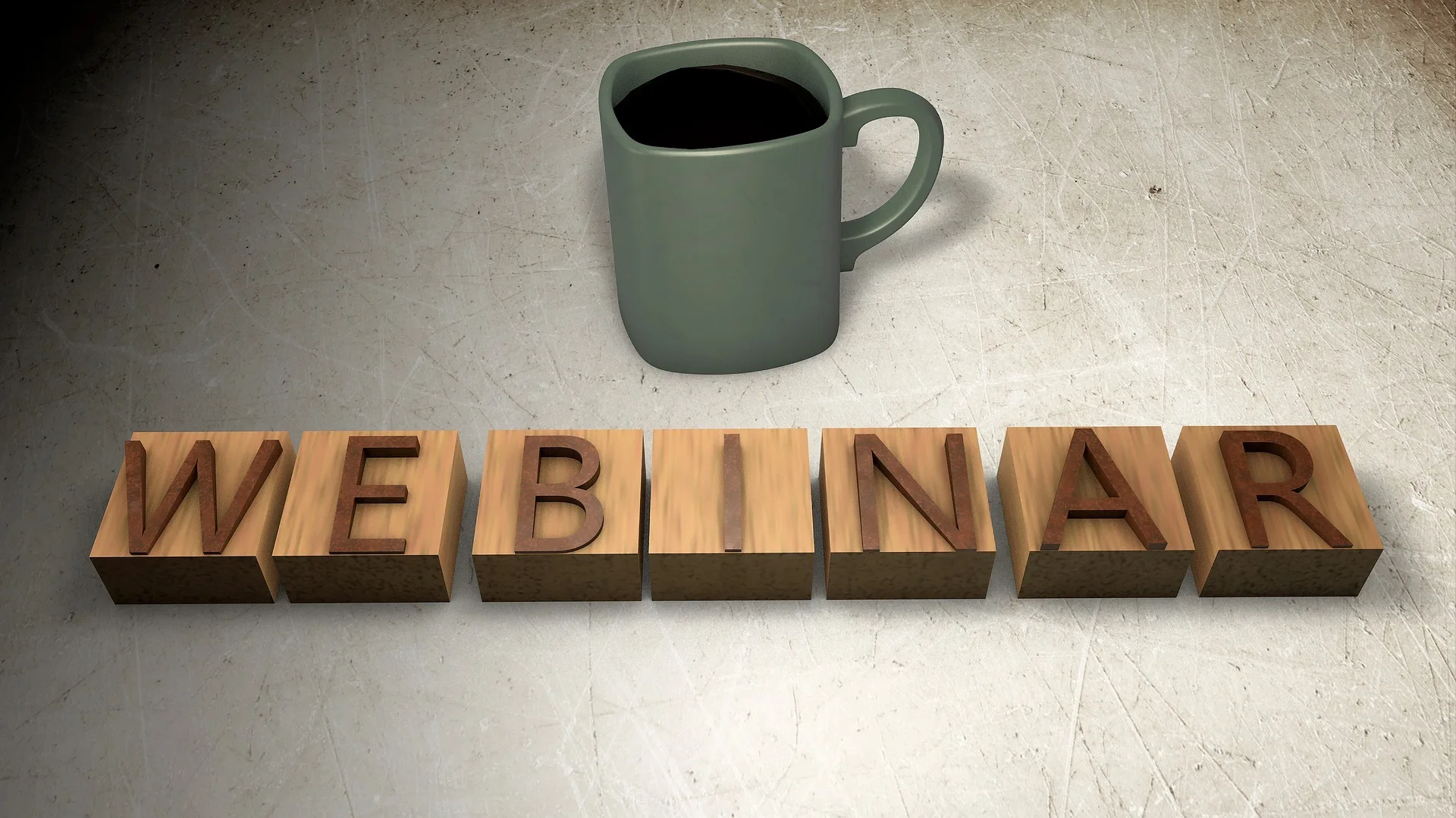We’ve gone from seminars to webinars, from physical exhibitions in cavernous halls to virtual expos, from coffee-shop catch-ups to cyber-hangouts … Yes, the world of meetings has gone emphatically digital as Covid-19 fundamentally changes the way we do business and conferencing.
Flow Communications has jumped into this brave new digital world with agility, helping to plan, host and curate a number of webinars since the lockdown was announced in March 2020.
Aside from Flow developing an innovative new webinar application to take the Nelson Mandela Annual Lecture and Desmond Tutu International Peace Lecture online, we have also helped clients to plan and hold successful webinars, which had been a relatively fledgling form of professional communication in South Africa BC (Before Covid).
Why are webinars booming?
Webinars (also known as webcasts) are virtual events during which panellists and interested parties come together to discuss one or more issues via Zoom or another online platform – essentially, a seminar conducted over the internet.
But not all webinars are created equal. A poorly organised webinar can potentially cause untold damage to a brand. On the flip side, a tightly curated webinar can enhance a business’s image and be an invaluable tool in helping it achieve its communications and marketing objectives.
Flow project manager Sarah Campbell, who has curated a number of webinars for the Southern African Transport Conference this year, says Flow was well positioned to step into the webinar space that flourished during the pandemic: “We are able to offer a full webinar service, from technical set-up and support to online event management, to marketing and communicating about the webinar. We also have our own customised platform.”

Fellow project manager Ros Caboz, who was at the helm of an interfaith webinar on social cohesion for Heartlines and Unicef South Africa in July 2020, agrees that what has differentiated Flow during this time has been its full-service webinar offering and its experience with Zoom and online training.
Clients’ webinars have been elevated by the company’s ability to write, edit, and design graphics, presentations, background images and social media posts, in addition to creating campaign concepts and strategy. “We also offer IT support, and the training of speakers for interviews and a run-through before the event,” Ros adds.

Pamela Kgare of Heartlines praised the “high-quality” and “world-class” webinar the Flow team produced for the organisation. “They handled the technical back end with such professionalism. Their attention to detail on all logistics and the support they offered our organisation pre, during and post the webinar was excellent ... We are very proud of the webinar we produced,” she says.
Top 10 tips for hosting a successful webinar
Flow’s project managers have this advice for businesses who want to sidestep “webinar fatigue” and host a digital event that delegates will be talking about for weeks afterwards.
1. Design an invitation that pops
Prepare catchy graphics and an appealing call to action, to encourage participation. All the important details should be in the header of the email invitation: title, date, time and registration button. Keep the copy to a minimum and easy to read.
2. Start marketing your webinar at least two weeks in advance
Give your audience ample notice of your webinar through email marketing, with reminders closer to the time. Ensure you have an up-to-date opt-in email database. (Side note: ON24 research shows that the best day for holding your webinar is a Tuesday, followed by a Wednesday and a Thursday.)
3. Content is king
Come up with an interesting, relevant topic and high-profile speakers to attract people to your webinar. Spend a lot of time developing, refining and deciding on the content of the webinar.
4. Compile a running order
Prepare a written running order for the host and panellists, with time limits for responses so they are kept short and relevant. This will ensure a dynamic flow of information and eliminate long-winded responses, retaining people’s interest and reducing webinar drop-off.
5. Brief, brief, brief!
Brief all the speakers properly beforehand about technical requirements, and to ensure they stick to the timing laid out in the running order. Curate the responses beforehand if necessary.
6. Practise, practise, practise!
Always have a dry run with your speakers or panellists before the event, to iron out any glitches and ensure everything runs smoothly on the day.
7. Make it look good
Incorporating visual elements into your webinar will enhance its appeal. Design presentation slides with speaker biographies and webinar questions as placeholders, and include music if desired. Breaking up the talking heads with graphics or video will help retain your audience.
8. Use a moderator or host
Have a dedicated person to moderate the discussion, and to ask and curate questions from those attending. Make sure your host is authoritative yet respectful, and is a good master of ceremonies (no wallflowers!).
9. Set up a chat function offline
You may need to communicate with your webinar team (co-hosts, curators and panellists) offline to keep certain discussions and technical issues private, so it’s a good idea to set up a WhatsApp group beforehand.
10. Keep your webinar short
Time is precious, and most people do not have hours to spare to attend your webinar. Keep it to 90 minutes at most – with at least 30 minutes of that time allocated for a question-and-answer session.
What does the future hold for webinars?
Says Sarah: “I think platforms like Zoom will innovate to ensure the experience remains exciting and slick. I do believe that webinars help brands draw an audience that might well not have attended their physical events, due to webinars being more accessible. I mean, would you drive from Joburg to Pretoria to attend an event? But you might log on to a webinar to hear the same speakers.”
She adds, “It’s up to us as communicators to ensure we keep it interesting, and to keep introducing new tools like Mentimeter quizzes, Google Jamboards, and so on.”
